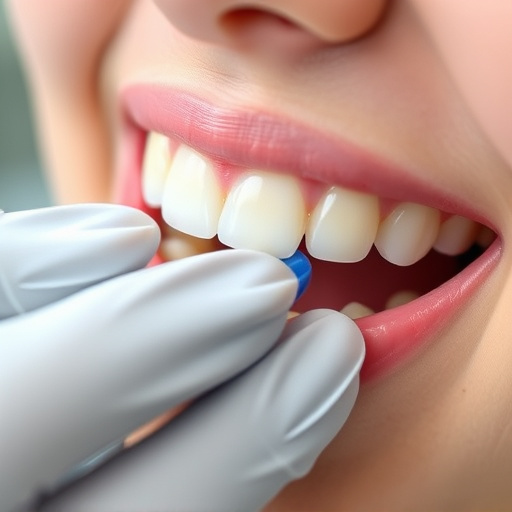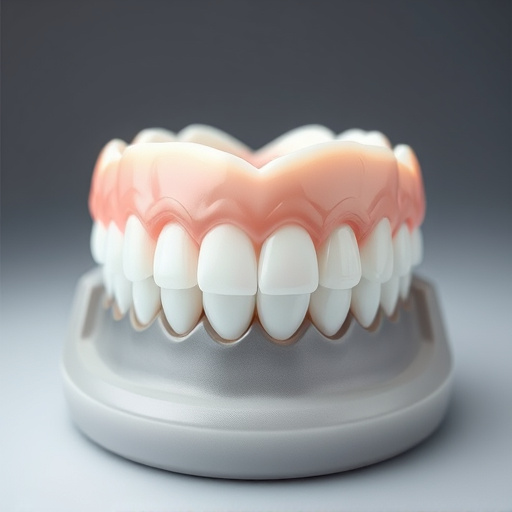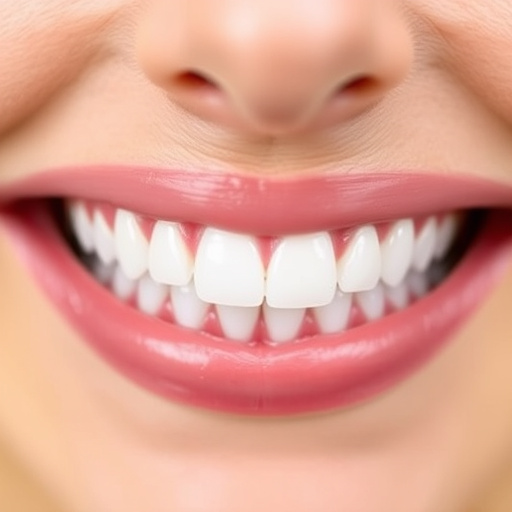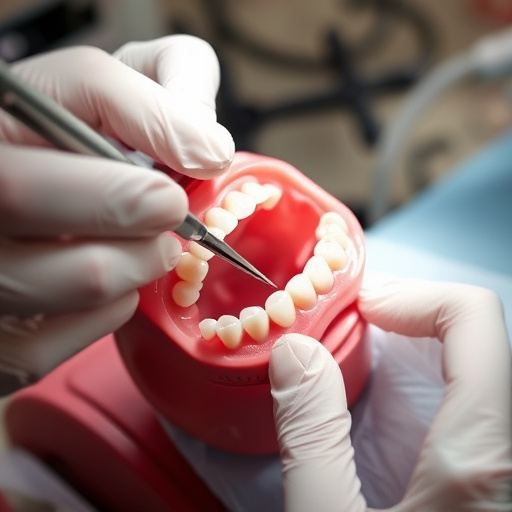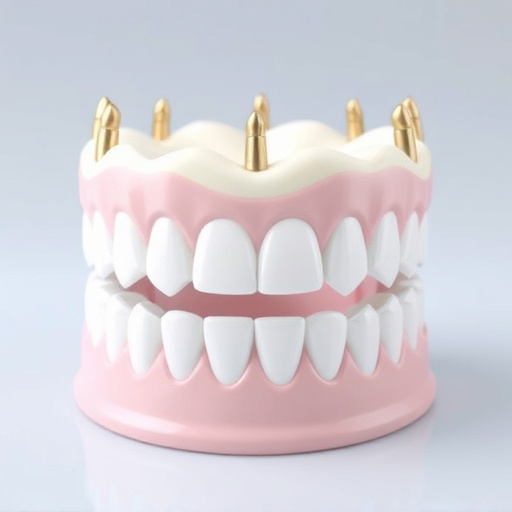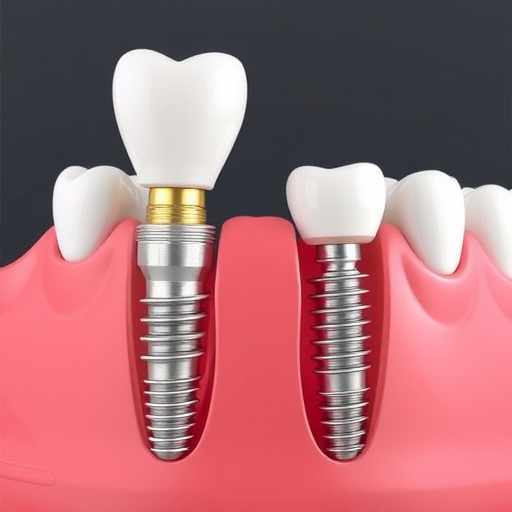Occlusal adjustment optimizes bite alignment between upper and lower teeth for functional and aesthetic purposes, foundational to long-term oral health. Success relies on post-treatment support including education, check-ups, and hygiene guidance. In pediatric dentistry, consistent follow-ups maintain stable occlusion; for dental implants, aftercare ensures integrity and promotes benefits like improved chewing efficiency and aesthetics. A comprehensive approach combining techniques like clear aligners, dental implants, and fillings, supported by consistent care, achieves precise adjustments, enhancing oral health, aesthetics, and patient satisfaction.
Occlusal adjustment, a precise dental alignment process, is a game-changer in achieving long-lasting oral health and aesthetics. This comprehensive guide delves into the intricate world of occlusal adjustment with full post-treatment support, exploring its foundational principles and purpose. We dissect the critical role of post-treatment care in ensuring longevity and optimal results. Discover effective techniques to navigate this transformative journey, ultimately enhancing your dental well-being.
- Understanding Occlusal Adjustment: Principles and Purpose
- The Role of Post-Treatment Support in Longevity
- Effective Techniques for Optimal Results
Understanding Occlusal Adjustment: Principles and Purpose
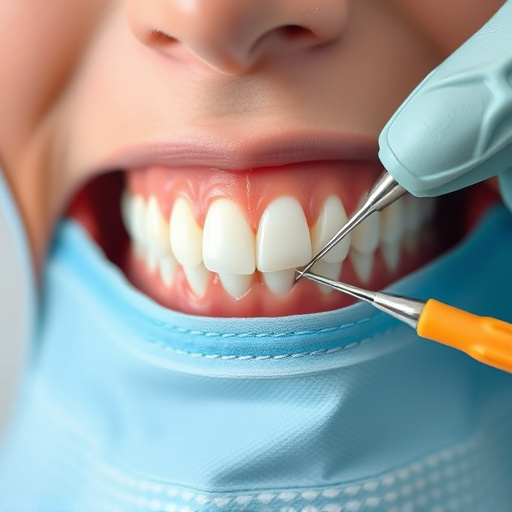
Occlusal adjustment is a precise and meticulous process in general dentistry that focuses on optimizing the bite relationship between upper and lower teeth. This technique involves the careful manipulation of teeth to achieve proper occlusion, ensuring a functional and aesthetically pleasing smile. The primary goal is to correct any misalignments or imbalances, which can lead to a variety of dental issues over time. By understanding the principles behind occlusal adjustment, dentists can provide comprehensive dental care that not only alleviates immediate problems but also prevents future complications.
The purpose of this adjustment goes beyond just correcting bite problems; it forms the basis for long-term oral health and stability. It involves the use of various tools and techniques to adjust tooth positions, often in conjunction with cosmetic fillings or other restorative procedures. This holistic approach ensures that not only is the visible aesthetic improved but also the underlying structure and function of the teeth are optimized, making it a key component of any comprehensive dental care regimen.
The Role of Post-Treatment Support in Longevity
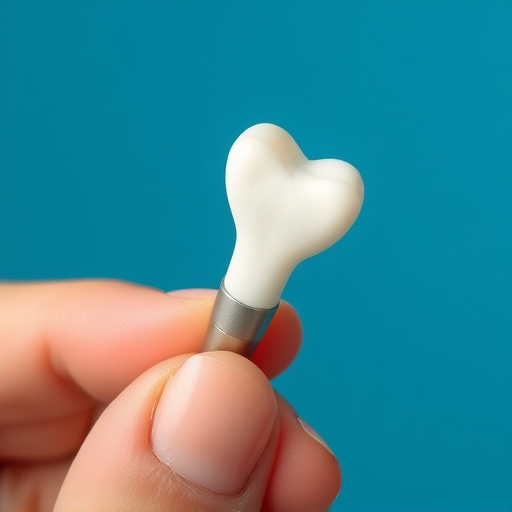
The longevity of an occlusal adjustment—the process of aligning bite and teeth position—greatly depends on comprehensive post-treatment support. This crucial phase involves patient education, regular check-ups, and guidance on maintaining oral hygiene practices, such as proper teeth cleaning techniques. In children’s dentistry, where growing smiles require careful attention, consistent follow-up is essential to ensure the adjusted occlusion remains stable. Regular visits allow dentists to monitor any changes and address potential issues early on.
Post-treatment support also plays a vital role in mitigating risks associated with dental implants. Proper aftercare ensures these advanced restorations remain intact and healthy over time. By adhering to recommended oral care routines, patients can enjoy the long-term benefits of their occlusal adjustment, including improved chewing efficiency, enhanced smile aesthetics, and overall oral health.
Effective Techniques for Optimal Results
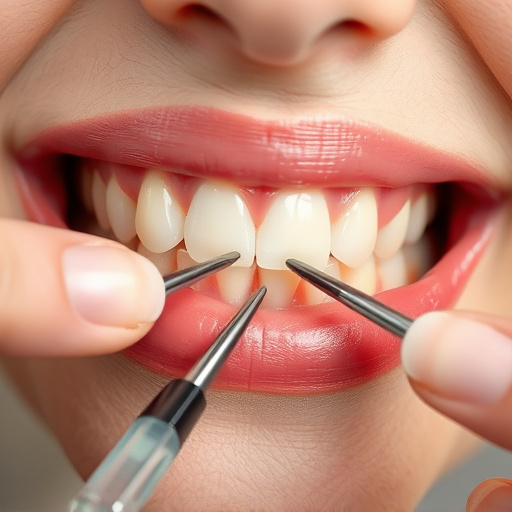
To achieve optimal results with occlusal adjustment, a multifaceted approach combining advanced techniques and comprehensive post-treatment support is essential. This includes utilizing clear aligners, which offer a discreet and comfortable alternative to traditional braces, allowing patients to maintain their oral hygiene routines unimpeded. For more severe cases, dental implants provide a permanent solution by replacing missing teeth and restoring the natural balance of the bite.
Complementing these treatments, dental fillings play a crucial role in repairing chipped or cracked teeth, contributing to overall occlusal harmony. By integrating these effective techniques with consistent post-treatment care, dentists can achieve precise adjustments, ensuring patients enjoy improved oral health, enhanced aesthetics, and lasting satisfaction from their treatment journey.
Occlusal adjustment, combined with comprehensive post-treatment support, offers a powerful approach to dental health. By understanding the fundamental principles and implementing effective techniques, practitioners can significantly enhance longevity and improve overall oral well-being. This dual strategy—educating patients on occlusal adjustment and providing sustained aftercare—is key to achieving optimal results and ensuring long-lasting, functional, and aesthetically pleasing smiles.
